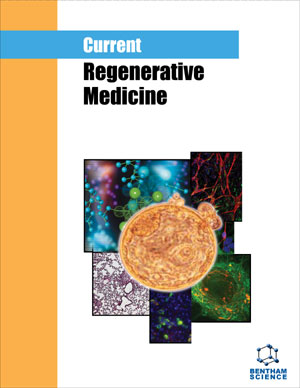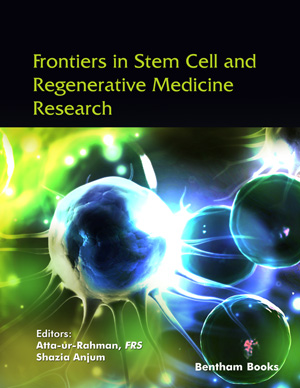Abstract
Background: Human microRNAs (miRs) that have been evaluated toward medical application are largely the early-introduced sequences numbered below 1000, with GC content close to Drosophila melanogaster fruitfly, but rather below current averages for human miRs. The research bias toward low database numbers and low GC content is found for all sectors of human miRs.
Objective: Characterization of all human miRs for nucleotide parameters and matching with mRNA sectors, and a comparison with fruitfly miRs as the original models. Method: Human and fruitfly miRs from miRBase v21 were examined for contents of GC nucleotides, strings and iterons and for matching with sectors of the respective mRNAs. Results: The > 1000-numbered ( > #1000) miRs represent a considerable majority (64 %) of known human miRs and have much higher overall GC content (55 % vs. 47 %) and GC strings and iterons (61 % and 81 %, respectively) than the ≤ 1000-numbered ( ≤ #1000) miRs. The > #1000 miRs match mRNAs generally better than the ≤ #1000 group. Also, 3'utr are much better matched by human compared to fruitfly miRs, and human mRNA matches generally have much higher GC content and expected stability than those of fruitfly. Conclusion: Fruitfly miRs, while historically preferred in general miR modeling, are not a satisfactory model for human miRs. The current constriction of the medical evaluation of human microRNAs to the ≤ #1000 sequences with < 50% GC appears as quite arbitrary and mostly as related to research inertia. The mRNA matches of > #1000 miRs should be much more stable than those of the ≤ #1000 group. The miRs of high GC content have been found active in regulation of growth factors and transcription factors in many physiological as well as pathological paradigms, and seem to have considerable medical potential (including that in regenerative medicine), which should be adequately explored.Keywords: AU content, GC content, microRNA categories, nucleotide iterons, polynucleotide mRNA interaction, RNA hydrogen bonding.
 12
12






